& Construction

Integrated BIM tools, including Revit, AutoCAD, and Civil 3D
& Manufacturing

Professional CAD/CAM tools built on Inventor and AutoCAD
8 min read
Can you name the trio of passive components for electronic devices? We’re talking about resistors (R), capacitors (C), and inductors (L). This trio forms the foundation for all of our electronic devices, providing a pathway towards making some amazing things with such simple concepts. So while resistors are over there resisting the flow of electricity, and capacitors are trying their best to hold a charge, what in the world are inductors doing? This component is a little more mysterious than the others, using the magic of magnetism. Want to know what kind of secrets are inside? Let’s find out!
Before we even dive into the details of an inductor, let’s first start off with something we are familiar. Just like a capacitor, an inductor also has the job of storing electrical energy. Except instead of storing energy in an electric field as a capacitor does, an inductor stores energy in a magnetic field.
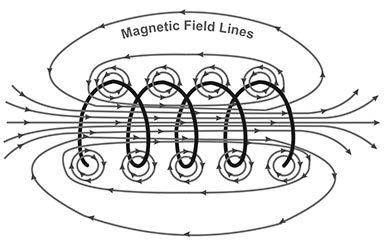
When you look at the trio of passive components, capacitors and inductors are kind of like twin brothers. They both do similar activities, storing energy, they just have their own unique personality and way of getting that job done. Where the capacitor likes to maintain a constant voltage, an inductor prefers to maintain a constant current. They’re both achieving the same end goal of storing and impeding the flow of energy, just in their own way.
Unlike the complexity of a capacitor’s physical structure, inductors are a bit simpler, consisting of a simple coil of wire around a magnet, or even air. But why the coil shape? If there’s anything to know about electromagnetism, it’s that sending an electric current down a piece of copper produces a magnetic field.
Inductors take advantage of this natural property by amplifying the size of the magnetic field with a coiled wire. When a current is sent through the copper wire of an inductor, you get a magnetic field that is much larger, and much stronger than what you’d get in a straight path of copper.
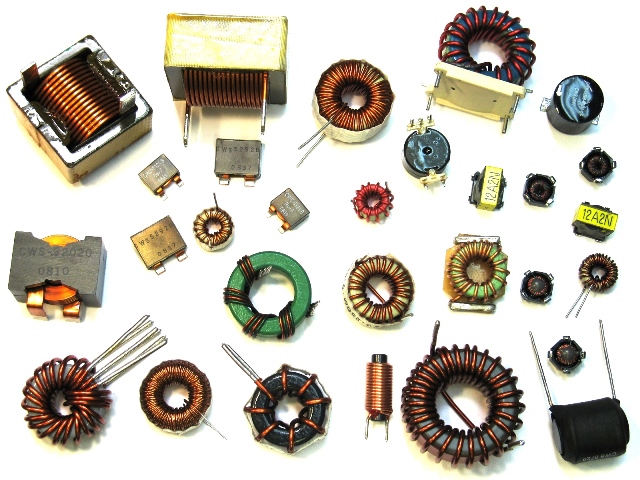
This is the real beauty of an inductor. By creating a magnetic field, you can convert electrical energy into magnetic energy, and store it there until it’s needed!
Now that you know what an inductor is, how exactly does it work in a circuit? Inductors work based on a property called inductance, which is simply the ability to store some quantity of energy in a magnetic field.
Let’s think about a simple example like a water wheel to understand what’s going on here. Let’s say you have a dammed river with a water wheel in the river’s channel, ready to generate some electricity. Now let’s say you open that barrier, and send water pouring through towards the water wheel. When it hits the wheel, initially the water is going to slow down as the water wheel works to match the speed of the water. This right here is the process of an inductor “charging” up as a current is sent through it.

And then imagine that you decide to dam the river up again. That water wheel is going to slow down at a smooth, steady pace until it comes to rest again. And just like an inductor, the process of collapsing a magnetic field when there’s no current flowing happens steadily over time, not all at once.
Sounds simple enough, right? But what’s the benefit of storing and releasing an electrical charge? Here are some examples:
When you need a very smooth current for something like a DC power supply, then the magnetic field in an inductor helps to stabilize the current as it journeys along a circuit. And if you have a decreasing current in a circuit that needs to remain steady, you can use the reserves in an inductor’s magnetic field to pump the current back up to its original levels.

You’ll also find inductors being used in traffic stoplights. By placing an inductor underneath the road with a sensor, and then driving a large metal object over it, like your car, you’ve added a core to your inductor, creating a bigger magnetic field! The sensor in the stoplight can then use this data to know that there’s a car waiting, and so the light changes.

When you get into the larger family of inductors, you’ll also find them being used in power transmission systems. Here they’re responsible for stabilizing massive amounts of current and making sure that the current remains stable during transit.
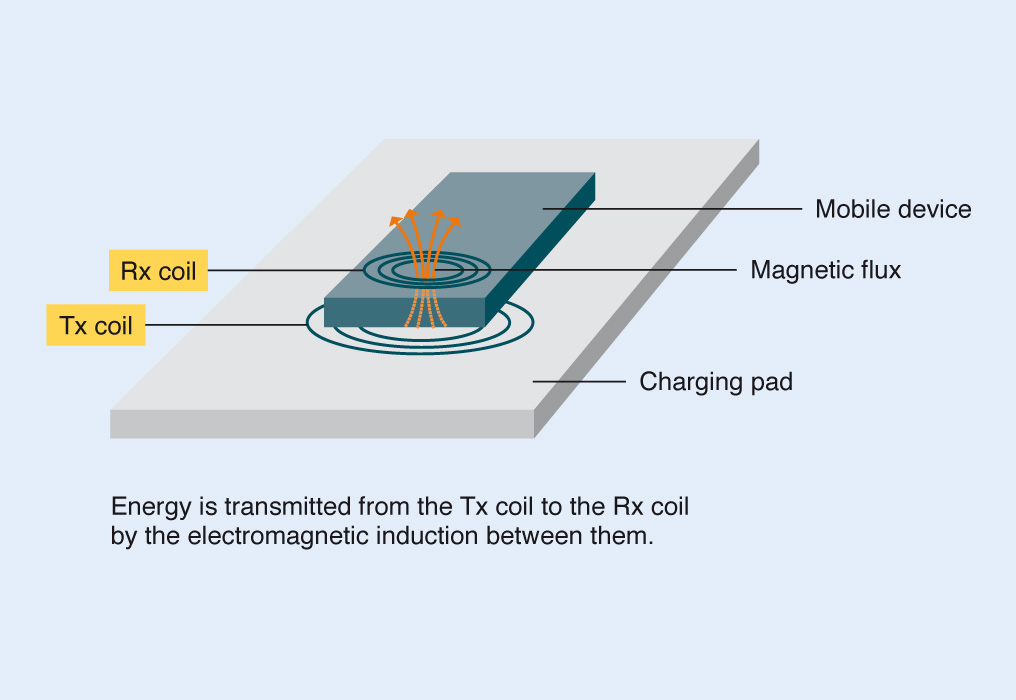
There are a ton of other uses for inductors in electronic devices, some of which depend on the certain inductance rating, such as:
Inductors are measured through their inductance and are a reluctant bunch when it comes to letting current go on its way. Until an inductor gets its full magnetic charge, then they’ll never let any current flow through! But how much of a charge do they need? The capacity of an inductor’s inductance can be determined by several factors, including:
If you have a metal core in an inductor that’s low in permeability, like air, then you’ll get an inductance that is also low. And if you have a high permeability like an iron core, then your inductance will also be high.
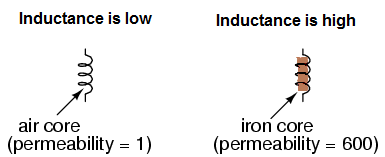
Lastly, if you were to split a magnetic coil down the middle and take a measurement of its overall surface area, then one with a larger surface area will have greater inductance and magnetic field.

You can have the most twists in your coil as possible, but if you stretch that coil out farther and farther, then you’ll find yourself with a decreasing inductance. The longer the length of your coil, the smaller your magnetic field will be.
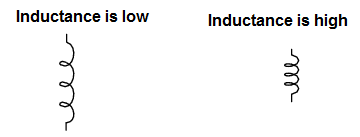
As the number of twists and turns in the copper wire increases so too does the inductance in your inductor. This density in the copper wire in an inductor’s coil will also get you a much larger magnetic field.

All of these inductance factors come together to form a measurement for inductors called Henry. 1 Henry is a lot of inductance, so you’ll commonly see smaller units being used like:
| Prefix | Symbol | Multiplier | Power of Ten |
| milli | m | 1/1,000 | 10-3 |
| micro | µ | 1/1,000,000 | 10-6 |
| nano | n | 1/1,000,000,000 | 10-9 |
What does one of these inductor symbols look like on a schematic? They’re surprisingly similar to their physical shape and are organized based on the inner core they have. You’ll typically see inductor symbols for air cores, iron cores, and ferrite cores. Check them out below:
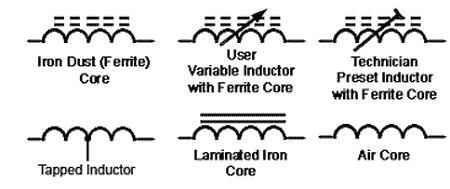
Now, spotting all of the inductors on a schematic circuit is one thing, but what happens if you want to know the total amount of inductance for all of your inductors? That’s easy, and it works similar to resistors. Here’s how:

When you have a bunch of inductors connected in series, the total inductance is simply the sum of all the individual inductances:

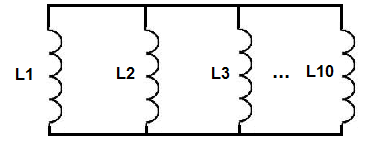
And if you have a bunch of inductors connected in parallel, then you can find your total inductance with this equation:

Notice the similarities? Finding the total inductance for your inductors is just like finding the total resistance for resistors!
Yes, there once was a time when the magic of magnetic fields and industries was a complete mystery to the world of science. Inductance was first discovered back in 1830 by Michael Faraday. Faraday stumbled upon his discovery by wrapping a paper cylinder with wire, and attaching the ends of the wire with a machine that could measure electric current, called a galvanometer.
When the magnet was moving in and out of the cylinder, the device registered a small current, and so the theory of inductance was born! After this discovery, Reverend Nicholas Callan went on to invent the simple yet profound inductor coil, and so history was made.
But of course, we can’t forget about our dear Joseph Henry, who was the first to discover the electromagnetic property of self-inductance. He was able to measure how a coil of wire could cause a change in the voltage of a circuit through a magnetic force. Now if only he would have published his findings before Faraday, and he might be known today as the father of inductance itself. Henry went on to build bigger and better things though, like an electric doorbell and electric relays. And the Henry measurement for inductance? It’s named after him.
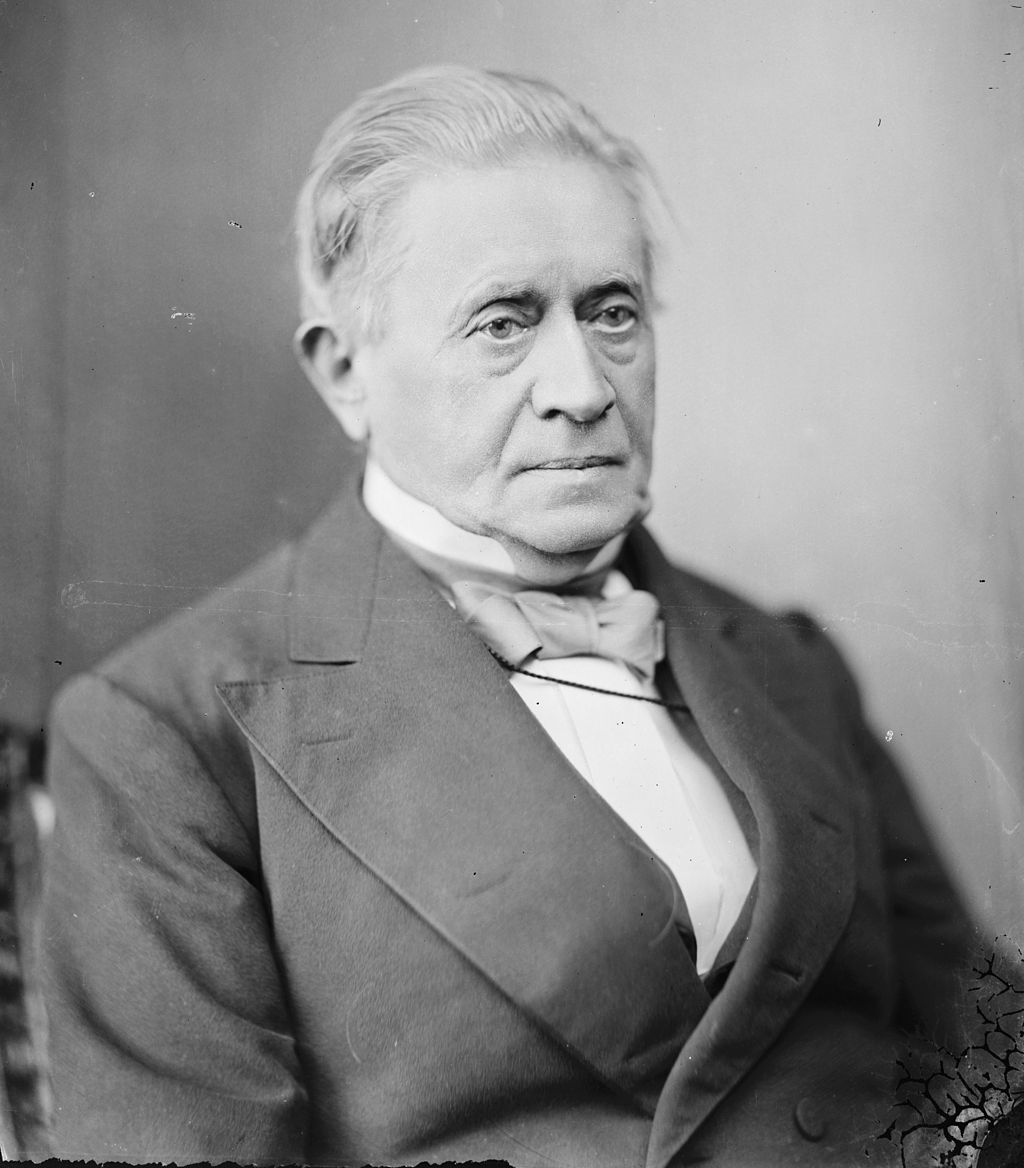
When it comes to smoothing our current in a circuit, there’s no better choice than our trusty old inductor. This component’s use the power of magnetism to store an electric charge, forming the foundation to some of our most critical electronic devices like audio crossovers, DC power supplies, radio frequency circuits, and a whole lot more. And when you put the trio of passive components together then you’ve got a dangerous arsenal of electronic wizardry at your fingertips. These three elements form the foundation of all of our massive electronic inventions, and our world would never be the same without them.
We’ve got a ton of free inductor libraries ready for you to put to use in your own electronics design. Try Autodesk EAGLE for free today!
By clicking subscribe, I agree to receive the Fusion newsletter and acknowledge the Autodesk Privacy Statement.
Success!
May we collect and use your data?
Learn more about the Third Party Services we use and our Privacy Statement.May we collect and use your data to tailor your experience?
Explore the benefits of a customized experience by managing your privacy settings for this site or visit our Privacy Statement to learn more about your options.